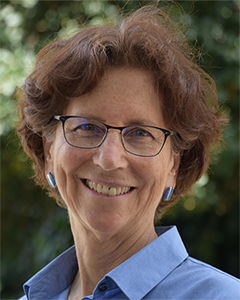Many California lawmakers understand the connection between energy use and the climate crisis. However, they are much less familiar with the vast potential for carbon sequestration in our soils. Healthy soils are a critical component of achieving the urgent goals of net-negative emissions by 2030 (drawdown of emissions already in the atmosphere greater than new greenhouse gas emissions) and increased resilience to climate-driven extremes like drought, heat, and floods.
Sequestration in soil represents up to 25% of the total global potential for absorbing carbon from the atmosphere. In California, rangelands cover about 56 million acres, half of the state’s overall land area, and according to recent research, could be a less vulnerable carbon storage option than fire-prone forests.
Regenerative ranching is a key component of this approach and provides multiple benefits to human communities, wildlife, ecosystems, and the climate.
Regenerative ranching can cost-effectively reduce fire-prone vegetation while also helping to build soil organic matter, reduce soil compaction, and improve land fertility. It can also improve healthy water cycle functioning and support beneficial populations of native plants, songbirds, pollinators, and other wildlife.
Progressive grazing practices can sequester carbon from the atmosphere and transform it into productive carbon in the soil. Improved management on grazing and croplands can offset 14% or more of current annual global CO2 emissions. Managed grazing and silvopasture (integrating trees, pasture, and forage) are recognized by Project Drawdown as among the top 20 most effective solutions to climate change.
According to a recent poll, ranchers using regenerative practices reported improved resilience to extremes, operational profits, and personal well-being.
While California lawmakers have already launched a suite of innovative climate-smart agriculture programs for farmers and ranchers, we urge them to build on these programs to sequester an additional 100+ million metric tons (MMT) of carbon dioxide equivalents annually by 2030. But we must start soon.
Accelerating sequestration is critical to achieving drawdown greater than emissions by 2030 for a climate-safe future. We know today how to manage natural and agricultural lands for sequestration through proven carbon farming practices.
With climate impacts rapidly worsening, the time is now to dramatically increase investments in regenerative agriculture and healthy soils!
————
Many thanks to Wendy Millet of TomKat Ranch for providing some of the content and inspiration for this week’s e-mail content.
Please endorse Climate-Safe California and support our work today for a vibrant, healthy future for all.


